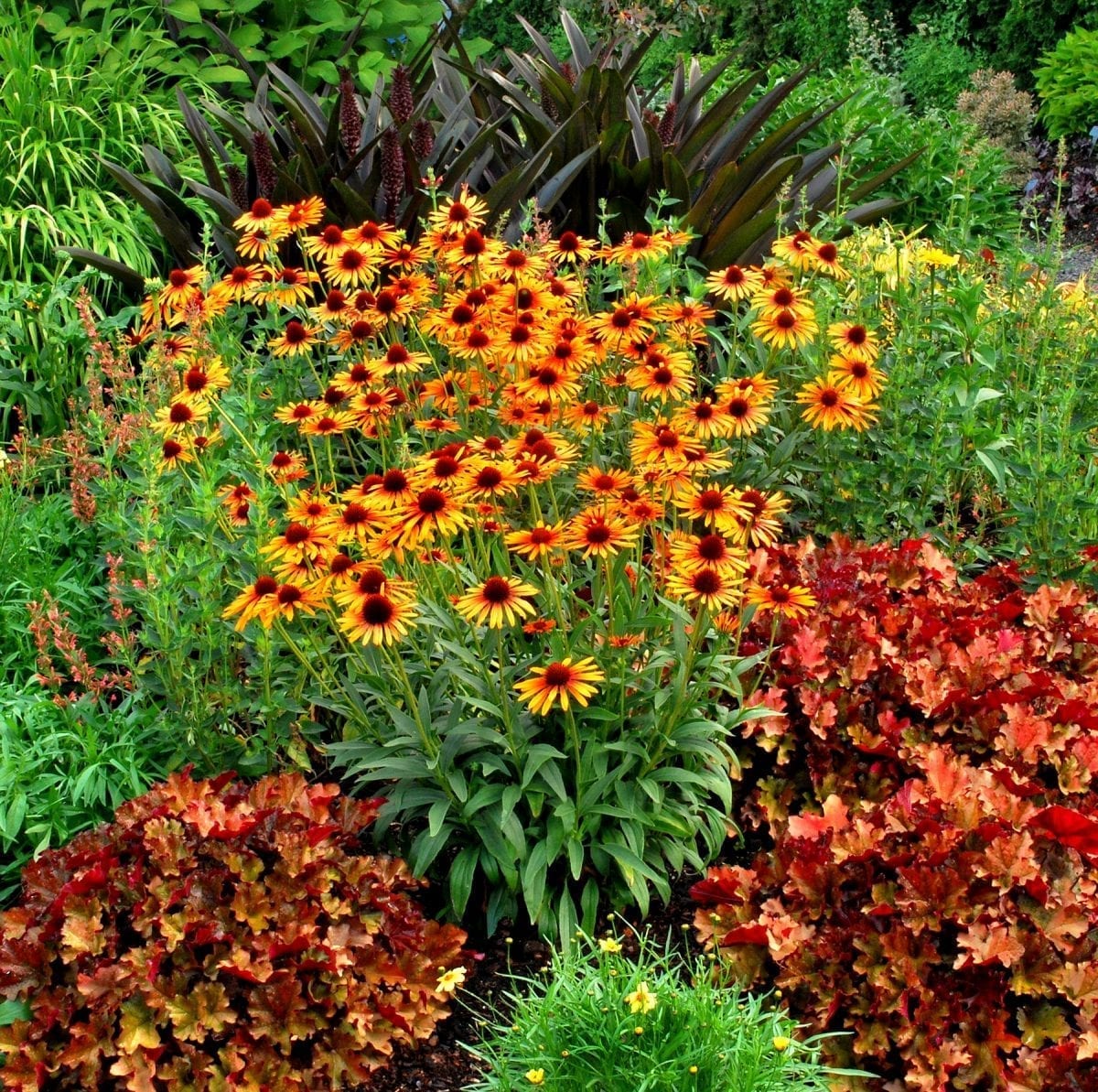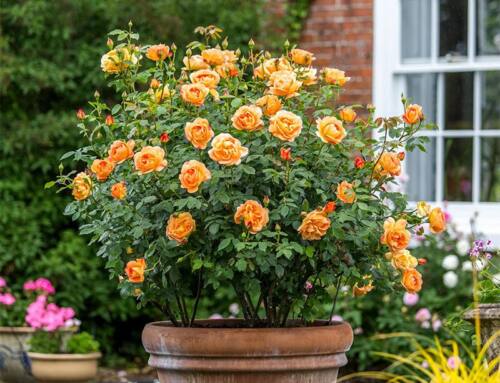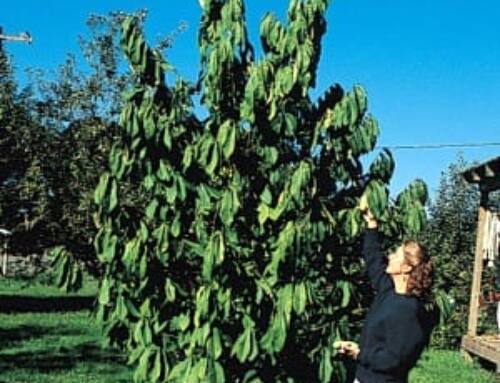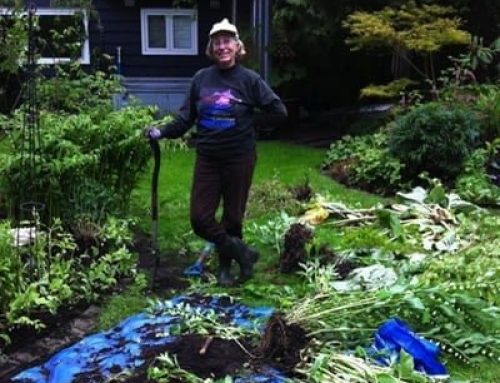You Can Plant New Plants All Summer Long
A few careful steps are all that is required to successfully plant new perennials, shrubs, and trees in the summer
Many gardeners assume that once July and August are here that it is too late to plant new perennials, shrubs, vines, and trees. Indeed, the best seasons for planting are spring and fall. But you can also plant new plants in the summer. Just follow a few easy steps and you can plant new plants in your garden all summer long!

This common misconception is likely due to confusion between the planting of new plants and the transplanting of existing plants.
Transplanting of existing plants refers to moving plants already established in the garden which results in the uprooting and damaging of established root systems, especially the fine white tip roots that are the primary conduits for water and nutrients. Once transplanted into a new location, the remaining roots will usually not have enough capacity to uptake water to support the foliage in summer’s hot, sunny conditions, even if you trim back the foliage by a third to a half.
While this type of garden work should be avoided in the summer months, the planting of new plants can continue with great success. This is because new plants can be planted with little to no damage to established root systems. Your new plant comes out of its pot and goes into the ground with its roots intact and just like when it was in a pot, the only thing you have to do is keep it watered.
Here are a few secrets of success for summer planting:
- While still in the pot, water your new plant so that water flows freely out the bottom of the pot and the root ball is thoroughly saturated.
- Dig a generous hole. Once dug, fill it with water and allow the water to slowly soak into the surrounding garden bed. This helps moisten the soil around your planting hole.
- Remove your new plant from its pot and gently scuff up the edges of the root ball with your fingers. Just a little damage to the roots will encourage them to grow and branch out into their new space. Plant your new plant and fill the hole three quarters full with a half and half mix of existing soil and new compost or Sea Soil. Now fill the hole again with water and allow it to slowly drain away as before. This will thoroughly moisten the soil immediately adjacent to the new plant’s root ball.
- Fill the remaining quarter of the planting hole with soil and gently tamp down the soil around the root ball of your new plant.
- Collect the excess soil left over from planting and build a rim or bowl around your perennial about six to 12 inches from the base of the plant. This will create a bowl for you to water guaranteeing that water will collect in the bowl and sink straight downwards into the root ball. This step should be done with all trees and shrubs in their first year of planting even if you plant in early spring – woody plants are slower to develop good root systems than perennials.
- Water your new plant two to three times a week during dry sunny periods by filling the bowl with water two or three times and allowing the water to sink straight down into the root ball.
- To encourage faster rooting and long term success you can use up to three different products:
- Use a transplant fertilizer – The product we carry has rooting hormone and kelp extract which both encourage fast root growth.
- Use Root Rescue – This is soil mycorrhizae which helps plants find more water and nutrients in the soil for the life of the plant.
- Use Soil Activator – This product contains soil microbes and beneficial bacteria that also support plant and soil health in the long term.
Voilà! You can plant one new plant or a whole new garden bed and you don’t have to wait until fall! Follow these easy steps and you can plant new perennials, shrubs, and trees all summer long!
Have fun!
Check out this video of Phoenix Perennials owner, Gary Lewis, speaking to Breakfast Television host Michael Kuss on CityTV about tips and advice for summer planting.
PS. These steps are also great for success with spring and fall plantings too, especially if you’re planting trees and shrubs which are slower to establish than perennials.
PPS. Now that you know you can plant in the summer and add more colour to your garden, what should you plant? Anything you want really. If your goal is to add more summer colour then there are lots of options. The best thing to do is to come down to Phoenix and have a look at what’s in bloom in July, August, and September to see what you can use to up your summer colour. But, if you could only use one plant family for colour in the hot months of the year, it would definitely be the Aster family. Explore the Aster family in our Plant Encyclopedia. You can also try out the perennial Hibiscus for huge summer flowers. Read this article on the Summer Spice Perennial Hibiscus.





